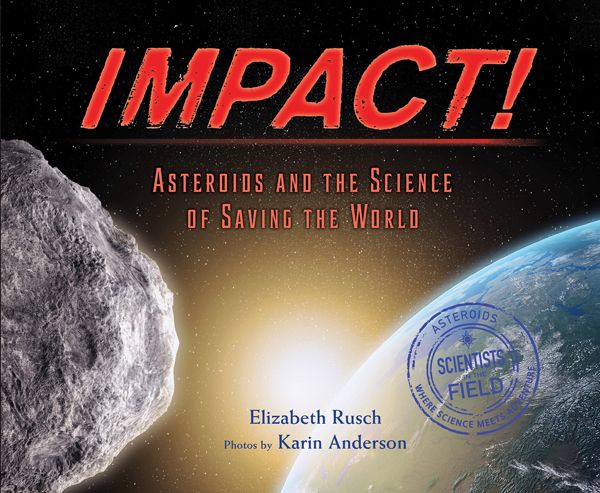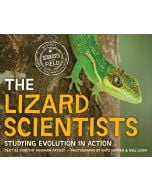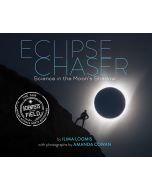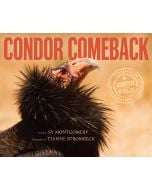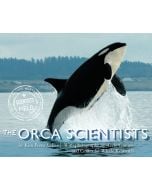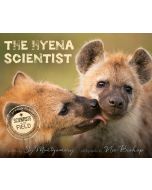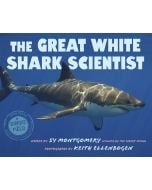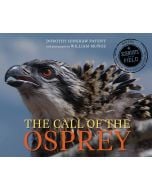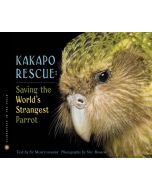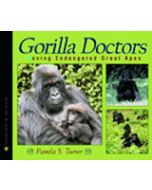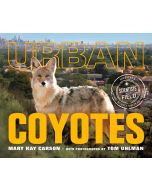
Series Scientists in the Field By Elizabeth Rusch
Hardcover edition
Publisher Houghton Mifflin Harcourt Imprint Houghton Mifflin Harcourt ISBN9780544671591
Awards and Honors ALSC Notable Children’s Books 2018, MiddleCCBC Choices 2018 Choice: Science, Technology, and the Natural World
School Library Journal’s Best Books of 2017, Nonfiction
The Nonfiction Detectives, Best Nonfiction Books of 2017
Impact!: Asteroids and the Science of Saving the World
 5
5
|
Standard MARC Records Cover Art |
Nonfiction Middle Grades 5-8)
Nonfiction Middle
Nonfiction Middle Grades 5-8)
For Grades 5-8
Knowledge is power, and this category embodies that principle. Featuring 12 carefully selected nonfiction books, the collection spans autobiographies, anthropological studies, and more—making it perfect for research, classroom enrichment, and independent exploration. Some selections may explore identity, relationships, and real-world challenges, including LGBTQIA+ themes, moderate language, social issues, and other sensitive topics.
Interests
Biographies, History, Nonfiction, Science/STEAM
-
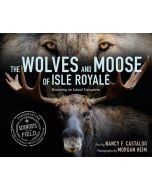 The Wolves and Moose of Isle Royale: Restoring an Island Ecosystem
The Wolves and Moose of Isle Royale: Restoring an Island EcosystemNonfiction Middle Plus
August 2022
 21.6
21.6
-
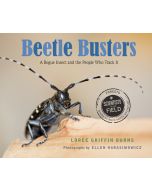 Beetle Busters: A Rogue Insect and the People Who Track It
Beetle Busters: A Rogue Insect and the People Who Track ItScience Nonfiction Elementary Plus
October 2014
 6.75
6.75
-
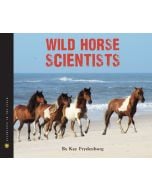 Wild Horse Scientists
Wild Horse ScientistsUpper Elementary/Middle Plus
November 2012
POTENTIALLY SENSITIVE AREAS
Medical: Animal Anatomy/Reproduction
 5
5
-
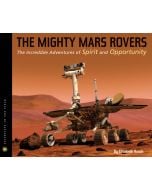 The Mighty Mars Rovers: The Incredible Adventures of Spirit and Opportunity
The Mighty Mars Rovers: The Incredible Adventures of Spirit and OpportunityUpper Elementary/Middle
June 2012
 5
5
-
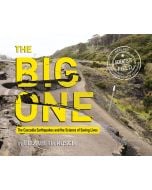 The Big One: The Cascadia Earthquakes and the Science of Saving Lives
The Big One: The Cascadia Earthquakes and the Science of Saving LivesNonfiction Middle Plus
August 2020
 12.5
12.5
-
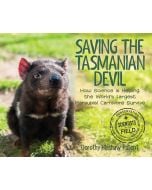 Saving the Tasmanian Devil: How Science is Helping the World's Largest Marsupial Carnivore Survive
Saving the Tasmanian Devil: How Science is Helping the World's Largest Marsupial Carnivore SurviveNonfiction Middle
August 2019
 6
6
-
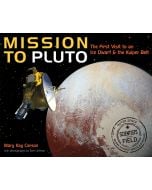 Mission to Pluto: The First Visit to an Ice Dwarf and the Kuiper Belt
Mission to Pluto: The First Visit to an Ice Dwarf and the Kuiper BeltNonfiction Middle
January 2017
 5
5
-
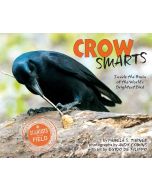 Crow Smarts: Inside the Brain of the World’s Brightest Bird
Crow Smarts: Inside the Brain of the World’s Brightest BirdScience Nonfiction Elementary Plus
August 2016
 12
12
-
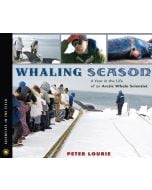 Whaling Season: A Year in the Life of an Arctic Whale Scientist
Whaling Season: A Year in the Life of an Arctic Whale ScientistScience Nonfiction Elementary Plus
October 2009
POTENTIALLY SENSITIVE AREAS
Illustrations/Images: Blood/Gore
 5
5
-
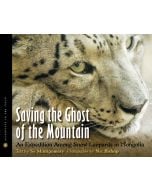 Saving the Ghost of the Mountain: An Expedition Among Snow Leopards in Mongolia
Saving the Ghost of the Mountain: An Expedition Among Snow Leopards in MongoliaNonfiction Middle
June 2009
 5
5
-
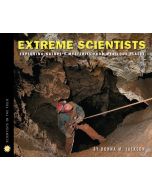 Extreme Scientists: Exploring Nature’s Mysteries from Perilous Places
Extreme Scientists: Exploring Nature’s Mysteries from Perilous PlacesNonfiction Elementary Plus
May 2009
 5
5
-
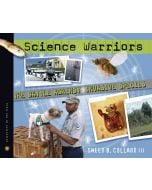 Science Warriors: The Battle Against Invasive Species
Science Warriors: The Battle Against Invasive SpeciesIntermediate Readers
October 2008
POTENTIALLY SENSITIVE AREAS
Language: Mild Language
 5
5
-
 Emi and the Rhino Scientist
Emi and the Rhino ScientistNonfiction Elementary Plus
Publication date not available
POTENTIALLY SENSITIVE AREAS
Medical: Reproductive/Sexual Reference/Discussion
 5
5
-
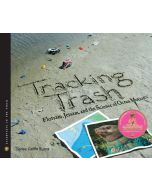 Tracking Trash: Flotsam, Jetsam, and the Science of Ocean Motion
Tracking Trash: Flotsam, Jetsam, and the Science of Ocean MotionIntermediate Readers
Publication date not available
 9
9
-
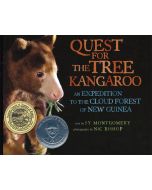 Quest for the Tree Kangaroo: An Expedition to the Cloud Forest of New Guinea
Quest for the Tree Kangaroo: An Expedition to the Cloud Forest of New GuineaNonfiction Elementary Plus
Publication date not available
 9
9
-
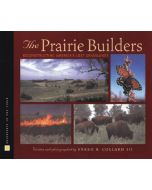 The Prairie Builders: Reconstructing America’s Lost Grasslands
The Prairie Builders: Reconstructing America’s Lost GrasslandsIntermediate Readers Plus
Publication date not available
 5
5

